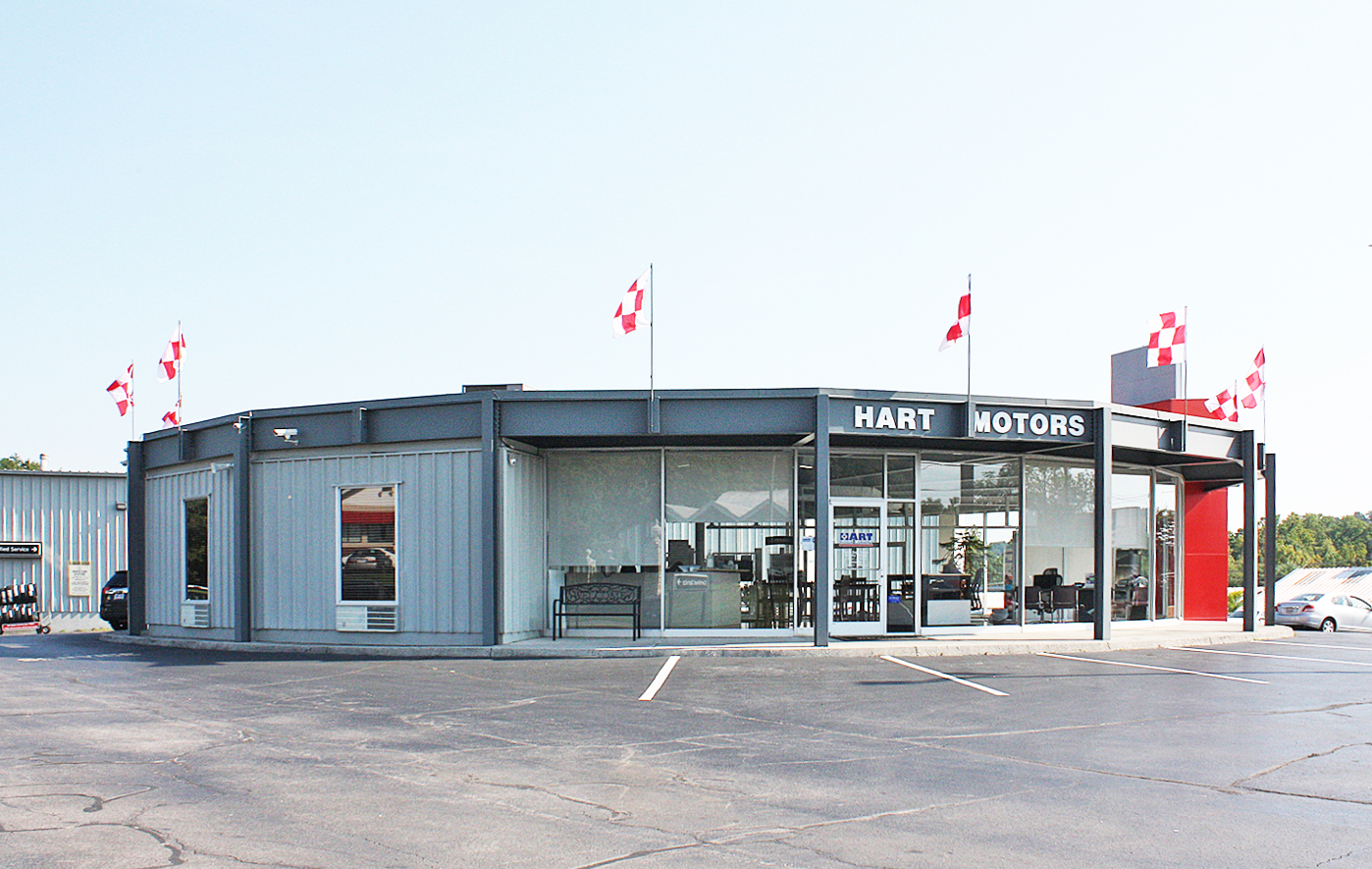
Aila Boyd
aboyd@mainstreetnewspapers.com
RICHMOND – The Hart Motor Company was one of 11 places that were added to the Virginia Landmarks Register late last year.
The Commonwealth’s Board of Historic Resources approved the Virginia Landmarks Register (VLR) listings during its quarterly public meeting on Dec. 14 in Richmond. The VLR is the commonwealth’s official list of places of historic, architectural, archaeological and cultural significance.
The Hart Motor Company in Salem reflects the 20th-century trend of automobiles becoming the main mode of transportation for the public, the Virginia Department of Historic Resources said. Comprised of a showroom and a service department station, it exemplifies the type of roadside architecture built to cater to drivers as opposed to pedestrians in a traditional centralized business district.
“Located in the city of Salem, the Hart Motor Company dealership comprises an automobile showroom and a service department station connected by a metal canopy. Designed by the locally based architectural firm Kinsey, Motley and Shane, the dealership—constructed in 1972-1973—serves as an excellent example of the automobile’s influence on commercial development and architectural design in the Roanoke Valley during the second half of the 20th century. With its dazzling showroom designed to catch the attention of motorists, extensive sales lot, and large service department, the Hart Motor Company reflects the emerging trend of automobiles becoming the main mode of transportation for the public. The architectural style of the showroom reflects influences from both the International and Googie styles with its circular form, steel frame and glass curtain wall construction, projecting flat roof, and general lack of ornamentation. The utilitarian design and steel-frame construction of the service department building is indicative of the growing importance of automobile maintenance and customer service. Located on the outskirts of downtown Salem, the Hart Motor Company exemplifies the type of 20th-century roadside architecture built to cater to drivers as opposed to pedestrians in a traditional centralized business district,” according to the DHR listing.
Carl Hart, president, said that the officials wanted to review the original blueprints as part of the review process. “The reason I did it was because there’s nothing like it around here,” he said of why he pursued the listing. “It’s very well built.”
At the time, DHR said that it would forward the documentation for these newly listed VLR sites to the National Park Service for nomination to the National Register of Historic Places (NRHP). Listing a property in the state or national registers is honorary and sets no restrictions on what owners may do with their property. The designation is foremost an invitation to learn about and experience authentic and significant places in Virginia’s history, DHR said. Designating a property to the state or national registers—either individually or as a contributing building in a historic district—provides an owner the opportunity to pursue historic rehabilitation tax credit improvements to the building.




